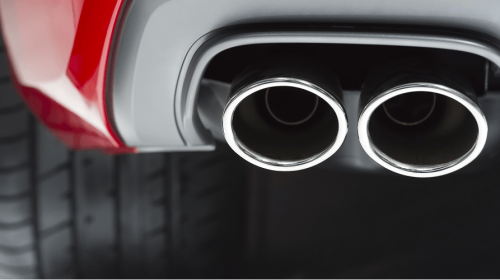Long road trips can be exciting adventures, but without proper preparation, they can quickly turn stressful. Ensuring your car is road-ready not only enhances safety and comfort but also helps avoid unexpected breakdowns. This guide provides key steps to prepare your vehicle before hitting the open road.
Inspect and Service Your Vehicle
Before embarking on a long trip, schedule a general inspection or routine service with a trusted mechanic. This includes checking the engine, brakes, suspension, battery, and belts. An oil change may also be necessary, especially if your vehicle is close to the recommended interval. Preventative maintenance now can prevent costly repairs later.
Check Tire Condition and Pressure
Tires play a crucial role in handling, fuel efficiency, and safety. Examine all four tires (and the spare) for adequate tread depth, cracks, or signs of uneven wear. Inflate tires to the manufacturer’s recommended pressure—found in the owner’s manual or driver’s door sticker—for optimal performance and mileage.
Test the Battery and Electrical Systems
A weak or aging battery can fail without warning, especially on long trips. Have your battery tested at an auto shop to ensure it holds a proper charge. Also, check that your headlights, brake lights, turn signals, interior lights, and dashboard indicators are all functioning properly.
Top Off All Fluids
Verify that all essential fluids are at the proper levels and in good condition. This includes engine oil, coolant, transmission fluid, brake fluid, power steering fluid, and windshield washer fluid. Carry extra fluids, especially coolant and windshield washer, in case of emergencies.
Ensure Brakes Are in Good Shape
Brakes should be responsive and quiet. If you notice squealing, grinding, or reduced braking power, have them inspected immediately. Long trips often involve varied terrain, so fully functional brakes are essential for safe driving.
Check Wipers and Windshield Condition
Good visibility is key to safe travel. Inspect windshield wipers for cracks or streaking and replace them if needed. Clean your windshield and fill the washer reservoir with an all-season cleaning solution. Repair any windshield chips or cracks that could worsen during the trip.
Prepare an Emergency Kit
Always carry a well-stocked emergency kit that includes jumper cables, a flashlight, extra batteries, first-aid supplies, tire repair tools, a jack, gloves, blankets, water, and non-perishable snacks. A fully charged power bank and a printed map can also be invaluable if your phone dies or you lose signal.
Plan for Navigation and Entertainment
Ensure your GPS system or smartphone navigation app is updated. Download offline maps in case of limited connectivity. Bring charging cables and consider organizing music, audiobooks, or podcasts in advance for entertainment during long stretches.
Organize Luggage for Balance and Access
Distribute luggage evenly to maintain vehicle balance and avoid overloading one side or the trunk. Place frequently used items where they’re easily accessible. Overloading your car can strain the suspension and reduce fuel efficiency.
Fill Up and Monitor Fuel Consumption
Start your journey with a full tank of gas. Plan your route with fuel stops in mind, especially in rural or remote areas where stations may be scarce. Keep an eye on fuel levels throughout the trip to avoid being stranded.
Final Walkaround Before Departure
Do a final walkaround of your vehicle before leaving. Look for any leaks, check the lights again, confirm the load is secure, and test the horn and mirrors. Taking a few extra minutes to double-check can provide peace of mind and prevent early problems.
Conclusion
Proper preparation is the key to a successful road trip. By ensuring your car is in top condition, you enhance safety, improve comfort, and enjoy a more relaxing journey. A well-prepared vehicle means fewer surprises and more time enjoying the open road.








